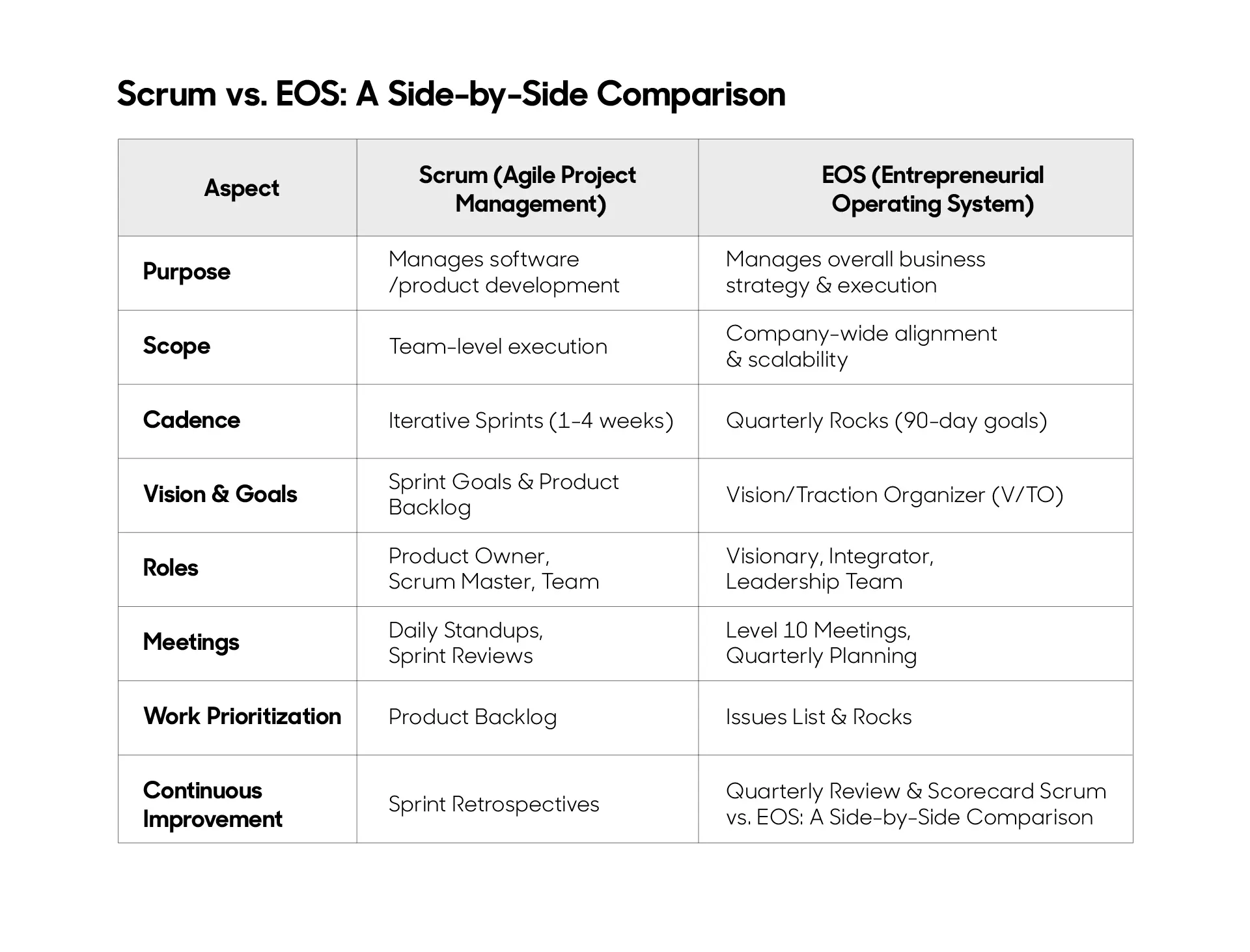
Why Planning Still Matters (Even If Plans Don’t)
By: Adolfo Cruz

Plans are worthless, but planning is everything.” – Dwight D. Eisenhower
Introduction: Plans Change. Planning Prepares You for It.
In software projects, unpredictability isn’t the exception — it’s the rule. Features change, team members shift, and priorities evolve. In the face of so much flux, the act of planning becomes essential.
While the plan itself might not survive contact with reality, the process of planning equips teams to navigate that reality with clarity and confidence. Let’s explore the modern approaches to estimating and planning that embrace uncertainty while helping teams move forward with purpose.
Planning Is Not a One-Time Event
Gone are the days of creating a project plan once and hoping for the best. Today’s planning is continuous. Teams revisit their plans frequently, adjusting based on progress, blockers, and new information.
Think of it like updating your route during a road trip. The destination may stay the same, but road closures, traffic, or weather might send you on a better path.
Approaches like rolling wave planning and frequent reforecasting let teams adapt with agility while keeping everyone aligned.
Estimation Techniques That Work Today
Modern estimation balances experience with data. Here are some techniques teams are using effectively:
- Three-point estimation: Consider best-case, worst-case, and most likely scenarios.
- Parametric estimation: Use historical data and formulas (e.g., ‘5 hours per user story’).
- Analogous estimation: Reference similar past projects to gauge effort.
- Monte Carlo simulation: Model delivery outcomes based on variability.
- No-estimates forecasting: Skip the guesswork and rely on actual throughput trends.
Whether you’re sizing new work or forecasting a release, the goal is to use estimation to set realistic expectations, not false certainty.

Hybrid Models Are the New Normal
Most teams aren’t strictly Agile or strictly traditional anymore. They mix methods to fit their environment. You might sprint through development while following a Waterfall-style approval process. Or plan quarterly outcomes with room for Agile experimentation.
These hybrid models provide the best of both worlds: flexibility for the team and structure for the stakeholders. It’s not about following a playbook—it’s about picking the right tools for the job.
Better Metrics Mean Smarter Planning
Story points and velocity still exist, but modern teams are expanding their toolkit. Metrics like cycle time, throughput, lead time, and flow efficiency offer deeper insights into how work really moves.
With these measures, you can spot bottlenecks, manage expectations, and forecast more accurately. Planning becomes less about guesswork and more about understanding your system.
The Real Value of Planning
So, why plan at all? Because planning brings clarity. It aligns teams, surfaces risks, and sparks conversations that might not happen otherwise.
Planning isn’t a rigid document — it’s a shared moment of focus. It helps everyone step back, look ahead, and move forward together.
Whether it’s in a sprint planning session, a roadmap review, or a collaborative estimation meeting, good planning invites better decisions and stronger teamwork.
Planning in the Age of AI
AI isn’t replacing planning — it’s making it smarter. Today’s tools can forecast delivery timelines, identify risks, and adjust plans based on real-time data.
From Jira Advanced Roadmaps to tools like ClickUp AI and Microsoft Copilot, teams can now plan faster and with more confidence. The human touch is still essential — but it’s now supported by powerful insights.

Final Thoughts
Plans may go off course. That’s not a failure — that’s reality. But planning equips you to respond with purpose and clarity.
Modern estimating and planning aren’t about rigid control. They’re about creating shared understanding, enabling flexibility, and building momentum — even in uncertain times.
And in a world that rarely goes according to plan, that might be the most valuable tool of all.
bairesdev software outsourcing, wiseline software development, itijuana nearshore development, alternatives to bairesdev, better than wiseline, bairesdev vs sciodev, wiseline vs sciodev, itijuana vs sciodev, nearshore development companies comparison, top nearshore software companies, nearshore software development benefits, outsourcing software development to Mexico, why nearshoring works, what is nearshore outsourcing, nearshore vs offshore software development, nearshore software engineers in Latin America, agile nearshore development, challenges of nearshore outsourcing, how to choose a nearshore partner, nearshore IT outsourcing guide, hire nearshore software developers, scalable nearshore dev team, nearshore development Mexico, nearshore agile product team, custom software development Mexico, dedicated software team Latin America, remote development team Mexico, top software developers Mexico, enterprise software development nearshore, software engineering outsourcing Latin America, reduce development costs with nearshore, overcome developer shortage US, how to scale your dev team fast, managing remote development teams, remote collaboration best practices, nearshore team communication, software outsourcing without the headaches, how to avoid outsourcing mistakes, hiring senior developers nearshore, stable software development teams, build operate transfer software team, long-term software development partner, nearshore software partner not vendor, performance management for developers, culturally aligned software team, easy-to-work-with dev teams, team augmentation nearshore, staff augmentation Mexico, software development retention strategy, software delivery team integration
























